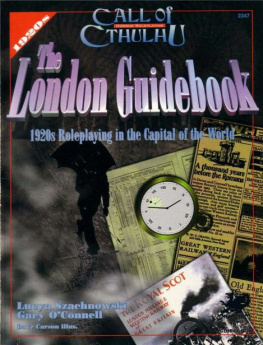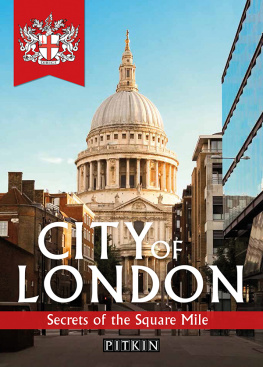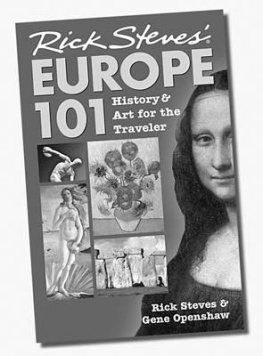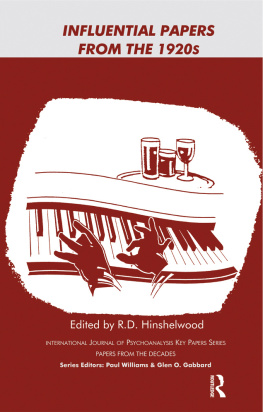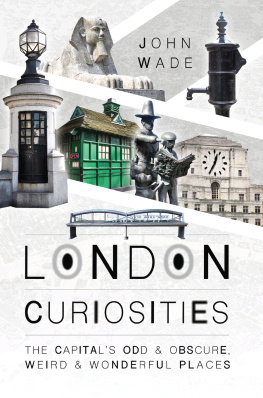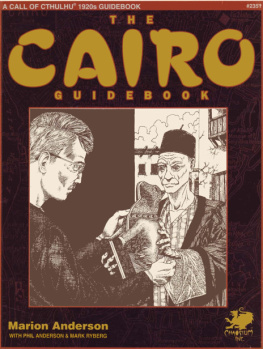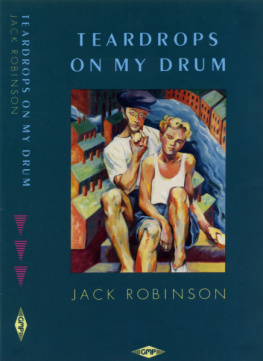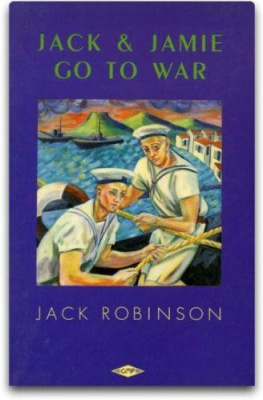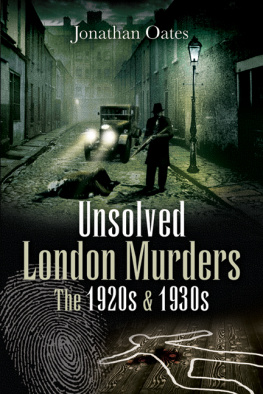
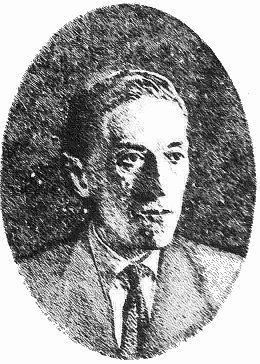
H. P. LOVECRAFT
1890 - 1937
The
London Guidebook
1920s 0rientation for Roleplayers inthe Capital of the World
by
Lucya Szachnowski and Gary OConnell
illustrations and maps by
Dave Carson
project and art direction
Lynn Willis
layout and cover
Eric Vogt
copyreading
Jane Crofts, Stella Szachnowski, Anne Merriott, and Alan Glover
Copyright 1996
We thank the following organisations and people for their help and advice:City of Westminster Archives Centre for the use of their reference material and picture library;the Cuming Museum for supplying information on the Lovett Collection;Mr Harrison, trustee of the Crystal Palace Foundation, who kindly read for factualaccuracy concerning the Crystal Palace;and Jane Crofts and Stella Szachnowski for advice, proofreading, and encouragement.
Lucya Szachnowski, Gary OConnell.
The London Guidebook is published by Chaosium Inc.
Copyright 1996 by Chaosium lnc.: all rights reserved. Photo p. 41, 58, by permission of the London Transport Museum.Photo p. 15, drawing bottom p. 84. photo p. 69 copyright Conde Nast Publishers, whose kind cooperation is appreciated.Photo p. 51 by permission of the Bromley Local Studies Library. Photo p. 62 courtesy University of California. Photo p. 40 bypermission of Hulton Deutsch Photo Agency. Drawing p. 84 top by permission BT Archives Photograph Library. Photospp. 8, 81 copyright George Weidenfeld and Nicholson Ltd., London. Engraving (p. 50) and a version of the plan (p. 90) of JackCades Cavern courtesy of the Woodlands Local History Library, London Borough of Greenwich. Historic maps and planspps. 19, 21, 22, 25, 27, 28, 29, 31, 32, 35, 38, 39, 40, 43, 45, 57, copyright 1918 MacMillan & Co. Ltd. Photos pp. 23, 42,43, 54 copyright 1925 Ward, Lock & Co., Limited. Photos p. 26 and p. 37 copyright 1929, 1930, 1932 by The GrolierSociety. Article concerning the Light Ray, p. 75. copyright 1921 The Illustrated London News.
The London Guidebook is published as a supplement to Call of Cthulhu, Chaosium lnc.s roleplaying game of horror and wonder.
Call of Cthulhu is the registered trademark of Chaosium Inc.
Similarities between characters in this book and persons living or dead are entirely coincidental.The reproduction of material from within this book for the purpose of personal or corporate profit, by photographic,digital, or other electronic methods of storage and retrieval, is prohibited.
Except in this publication and related advertising, artwork original to The London Guidebook remains the property of theartists, and is copyright by them under their separate copyrights.
Please address questions and comments concerning this book, as well as requests for free notices of Chaosium publications, by mail to: Chaosium lnc.. 950-A 56th Street. Qakland CA 94608-3129. U.S.A.
ISBN I-56882-027-5.
FIRST EDITION
10 9 8 7 6 5 4 3 2 1
Chaosium Publication 2347. Published in June 1996.
Printed in the United States of America.
Made in the United States of America.
Hell is a city much like London a populous and smoky city
Percy Bysshe Shelley.
London is the paradise of individuality, eccentricity, heresy, anomalies, hobbies and humours.
George Santayana
And this also, said Marlowe suddenly, has been one of the dark places of the earth.
Joseph Conrad.
INTRODUCTION
I N THE 1920s, London was thelargest city in the world and one ofthe most important, with nearlyseven and a half million inhabitants.This metropolis was extremelycosmopolitan, attracting people fromall parts of Europe, the Empire, andAmerica. A center of commerce andfinance, London was also the hub ofthe fashionable world. Nevertheless,the British of the time were renownedfor their xenophobic arroganceleftover after being the worlds greatestmilitary and economic power in theVictorian eraand tended to regard allforeigners as somehow less respectablethan Britons.
Despite the fact that in 1926 the sundid indeed set on the British Empire,when it became the British Commonwealth, many Britons seemed unawareof their countrys declining importance.Blacks Guide to London, 1926, seemedto feel it was quite acceptable to claimLondons superiority to New York onthe basis that London is essentially aBritish city, while New York is, to alarge extent, a curious dumping groundof nationalities. This attitude variously amused and annoyed foreignersfrom around the globe.
The whimsy and romance of Londonhas not dimmed. The city of the 1920sremains a very popular setting for Callof Cthulhu games. This book detailsthat London and the people, locations,events, and organizations that might berelevant for investigations. The textsuggests many ideas for scenarios,along with information diverse enoughthat keepers should be able to findinspiration on nearly every page.Unless specifically stated otherwise,every word of this book is based onfact or on genuine London legends.Some things of particular relevanceto a horror game or to London andwhich happened earlier or later thanthe 1920s or outside the city also havebeen included.
The capital city complements thereputation of the British Isles as a placewhere ghosts, specters, and phantasmsseem to thrive. Ghost stories are apassion of the British and many arewilling to be open-minded about suchthings. (A large number of haunts andthings similar can be located using theindex heading Supernatural.) If investigators say they are ghost-hunting, theyare likely to be regaled with local yarns.If, however, they try to explain theirattempts to thwart the cosmic threat fromancient alien beings, they will receive thereception familiar the world over to suchclaimspeople will think them insane.Tales of the supernatural are notintended as a claim that such thingsas ghosts exist. They too are part ofLondons mythology and as suchsuitable material for a Call ofCthulhu game.
A definition of the role of the Mythosin London has been avoided. Suggestions of Mythos interpretations ofLondon legends and allusions to thepotential sites of Mythos activity occuron many pages. However, individualkeepers must choose the nature andsignificance of any Cthulhoid menaceswithin London. A list of already-published scenarios and supplementsreferring to London appears in thebibliography at the end of this book.
Weather
It is true to say that the most acceptablepolite small-talk in London is about theweather. Londons weather is mild butextremely changeable and unpredictable, especially in spring and autumn.It can be warm with bright sunshineone minute and overcast and rainy thenext. Londoners carry umbrellas as amatter of course. In summer thetemperature can reach 80F, whilewinter temperatures usually drop belowfreezing only at night.
Fog
In the 1920s, London was famous forits pea-soup fogs, sometimes calledLondon peculiars, now known as smog.These were caused by coal fire andfactory smoke and pollution, whenbanks of the stuff did notrise from the low-lying landof the city. Sometimes BigBen was lost to sight fromthe Street but easily seenfrom the third or fourthfloor of an office block. Thecoverage of such fogs couldbe unpredictable, but thosetrapped within these thickfogs found seeing verydifficult, and movementalmost impossible. Thispea-soup fog varied in colorfrom off-white throughsepia to the sickly greenwhich gave it its name.Sometimes mists wouldcreep up from the Thamesand lend everything a damp,dank smell.
Next page
